How to Use Psychology in Advertising to Make People Buy
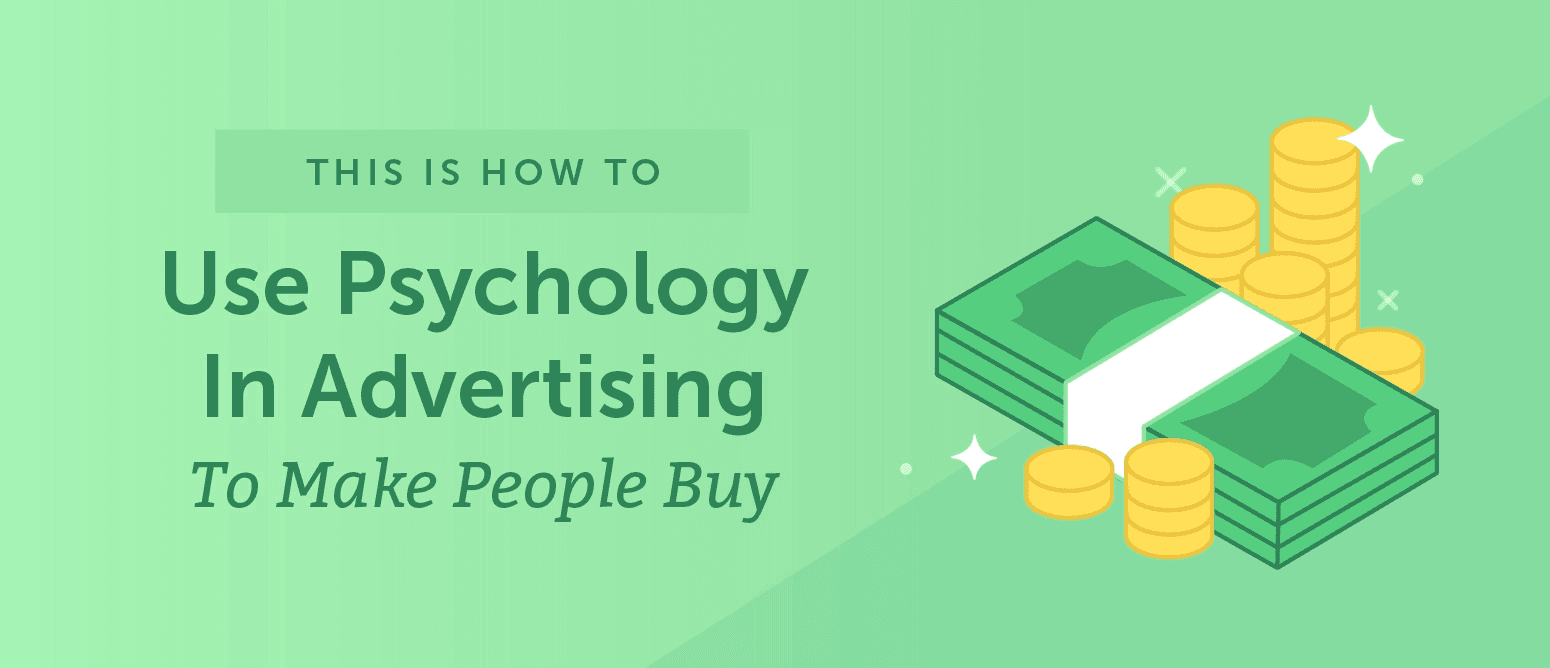 5,000. That’s the number of advertisements that the average consumer is exposed to every day. You are probably thinking…
“How the heck can I make people notice my advertisements?”
Advertisers have long discovered that they can leverage psychology to find what attracts attention, leaves an impression, persuades, and leads to the act of purchase. That being said, you can use psychology to make sure that your advertising is actually working.
Ok, that’s awesome. But how?
If you want to learn how to make your advertisements actually work, by work I mean make people buy your product, keep on scrolling’.?
5,000. That’s the number of advertisements that the average consumer is exposed to every day. You are probably thinking…
“How the heck can I make people notice my advertisements?”
Advertisers have long discovered that they can leverage psychology to find what attracts attention, leaves an impression, persuades, and leads to the act of purchase. That being said, you can use psychology to make sure that your advertising is actually working.
Ok, that’s awesome. But how?
If you want to learn how to make your advertisements actually work, by work I mean make people buy your product, keep on scrolling’.?
On average, people are exposed to nearly 5,000 ads per day. #advertising.
Click To Tweet Psychology explores human nature, the psyche, and why people behave the way they do. Advertising explores the art of influencing human behavior to make certain purchase decisions.
Psychology explores human nature, the psyche, and why people behave the way they do. Advertising explores the art of influencing human behavior to make certain purchase decisions.
Basic Types of Advertisements
Nowadays, there are so many different types of advertisements. Whether you’re using traditional tactics or digital tactics, understanding the psychology behind your advertisements is important. Here are a few of the basic forms of advertisements:Traditional
- Commercials
- Newspaper
- Magazine
- Radio
- Direct mail
- Billboard
Digital
- Social
- Google Ads
- Search
- Display
- Inbox
- Sponsored listings
CPM vs. HEM
There are two basic models that explain how people process information, the Consumer Processing Model and the Hedonic, Experiential Model. In other words, thinking and feeling models. Chances are you’ll lean towards one model, depending on your product and audience. Ads don’t have to be one or the other, think of it more as a scale.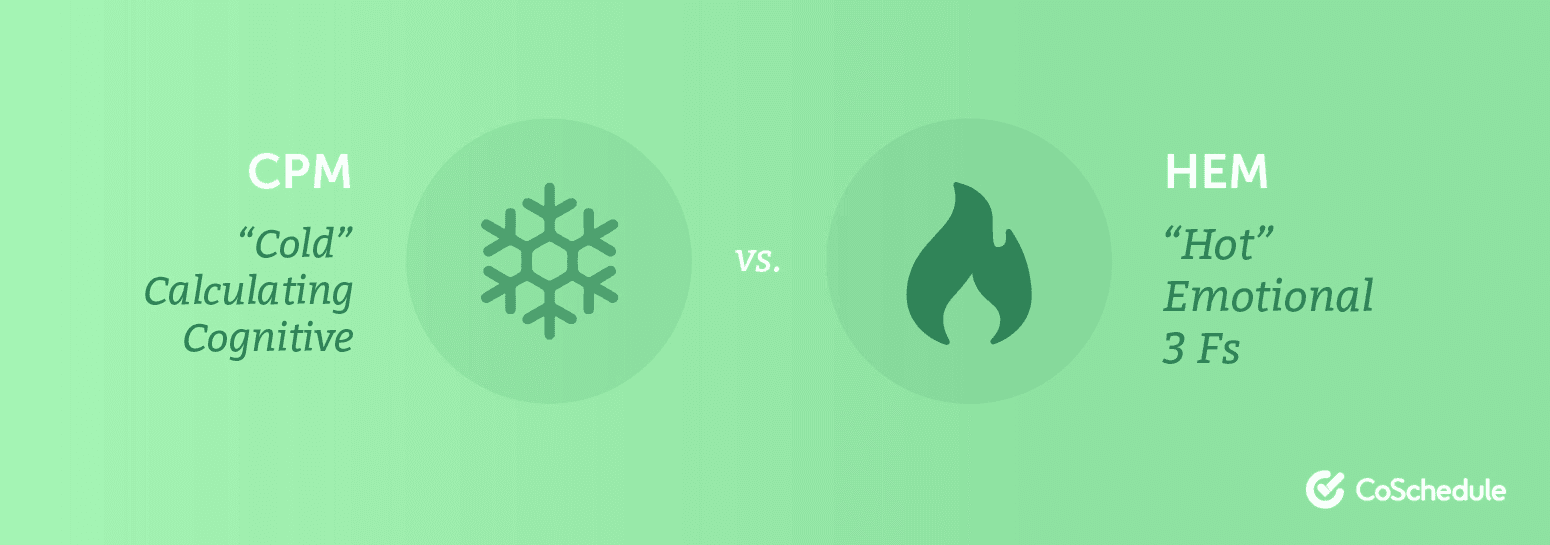
Thinking
Thinking approaches of advertisements allow consumers to use logic and reason to buy the product based on features or solving a problem. You can think of this advertisement as facts based if that helps. You should use a thinking approach if:- You want to highlight direct information, features, benefits, or advantages.
- Your product is interpreted as a product used to solve a serious need, for example, migraine medication.
- It aligns with your brand voice and target audience.
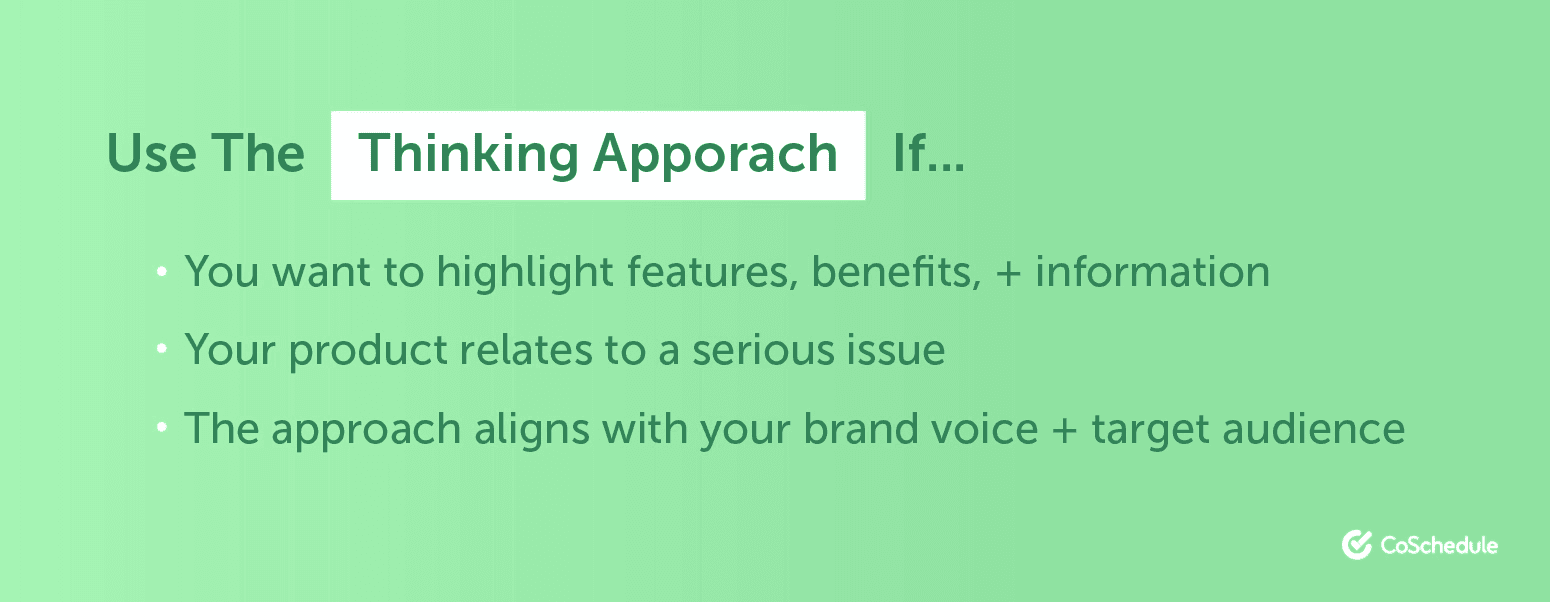 Use the thinking approach if:
Use the thinking approach if:
- You want to highlight features, benefits, or information
- Your product relates to a serious issue
- The approach aligns with your brand voice + target audience
Feeling
According to a 2016 Nielson Report, ads that generated emotional response got a 23% lift in sales volume. Feeling approaches use emotion to capture consumer behavior. Whether it’s fun, fantasy, or fear, the HEM approach persuades consumers using emotion. You should use a feeling approach if:- You can leverage some type of emotion (humor, fear, love, etc.) that will lead a consumer to buy your product.
- You want to make light of a situation.
- It aligns with your brand voice and target audience.
 Use the feeling approach if:
Use the feeling approach if:
- You want to leverage some type of emotion
- You want to make light of a situation
- The approach aligns with your brand voice + target audience
Persuasion Techniques Using Emotion
If you’ve decided to use the feeling approach for your advertisement, it’s important to choose the emotion that best appeals to your product, target audience, and brand. I’ve listed 4 of the basic emotions that people use in advertising.Humor
Humor drives memorability. If you’re looking to make people remember your product and your brand, this may be the best option for you. Making people laugh helps people remember your brand in a positive light. A company that slayed the humor game is Old Spice.
Using humor in your advertisements makes people remember it more than any other emotion.
Click To TweetFear
Using fear in an ad can be tricky, but if done right it can be very effective. This tactic uses fear as a persuasion technique by using your product to solve a problem or to change a behavior.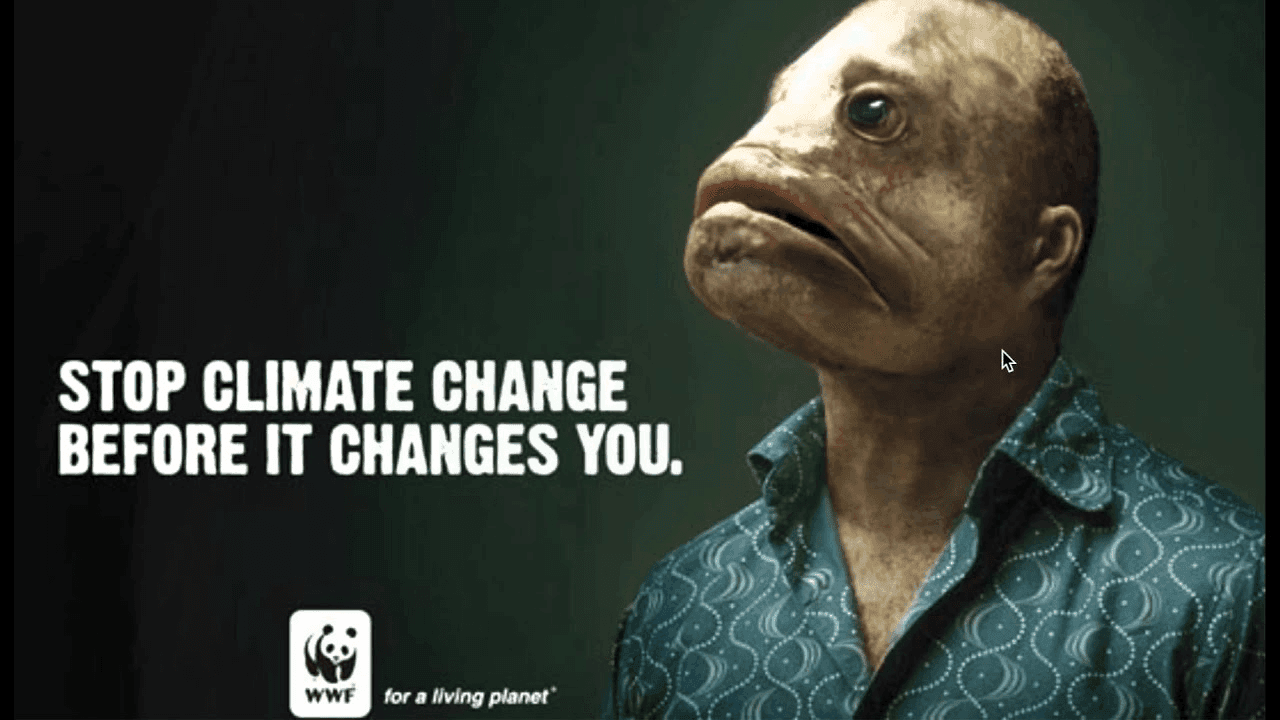
Excitement
Using excitement in your advertising can be perfect if you have a feature launch or something exciting to share with your audience. Excitement causes your mind and body to react, which can make people more likely to act and make a purchasing decision.Sadness
Making people sad is a great way to get their attention. I know how awful that sounds, but it’s true. Remember that sad puppy commercial that Budweiser created back in 2014 with the puppies? It was sad in the beginning but made you feel good at the end, and was very memorable. 4 basic emotions to persuade
4 basic emotions to persuade
- Humor
- Fear
- Excitement
- Sadness
Consumer Information Process
Now that we covered the basics, it’s important to know how your audience is going to process the information that you’re throwing in their face, literally. There are 7 important steps that happen before your customer purchases. Ultimately, you have control over almost all of these steps.
There are 7 important steps that happen before your customer purchases. Ultimately, you have control over almost all of these steps.
Exposure to Information
This is the very first thing that happens when a viewer sees your ad. This step stems from brand awareness. If it’s someone's very first time seeing the ad, let alone your brand, they may not even notice it. That’s why it’s important to factor in repetition to make your audience more exposed to your advertisement.Selective attention
Now that your consumer has been exposed to the information, it’s time to grab their attention (and never let go). This step is tricky because you have no control over your consumer and there is no guarantee that they will see your ad. What I mean is that just because you run a commercial, it doesn’t mean people are watching the tv, or just because you run a display ad, it doesn’t mean the consumer even looks at it. You have to make your target audience notice you with all the distractions going on in their everyday life. Using the Color Psychology principles to attract viewers is one of the smartest ways to achieve their undivided attention.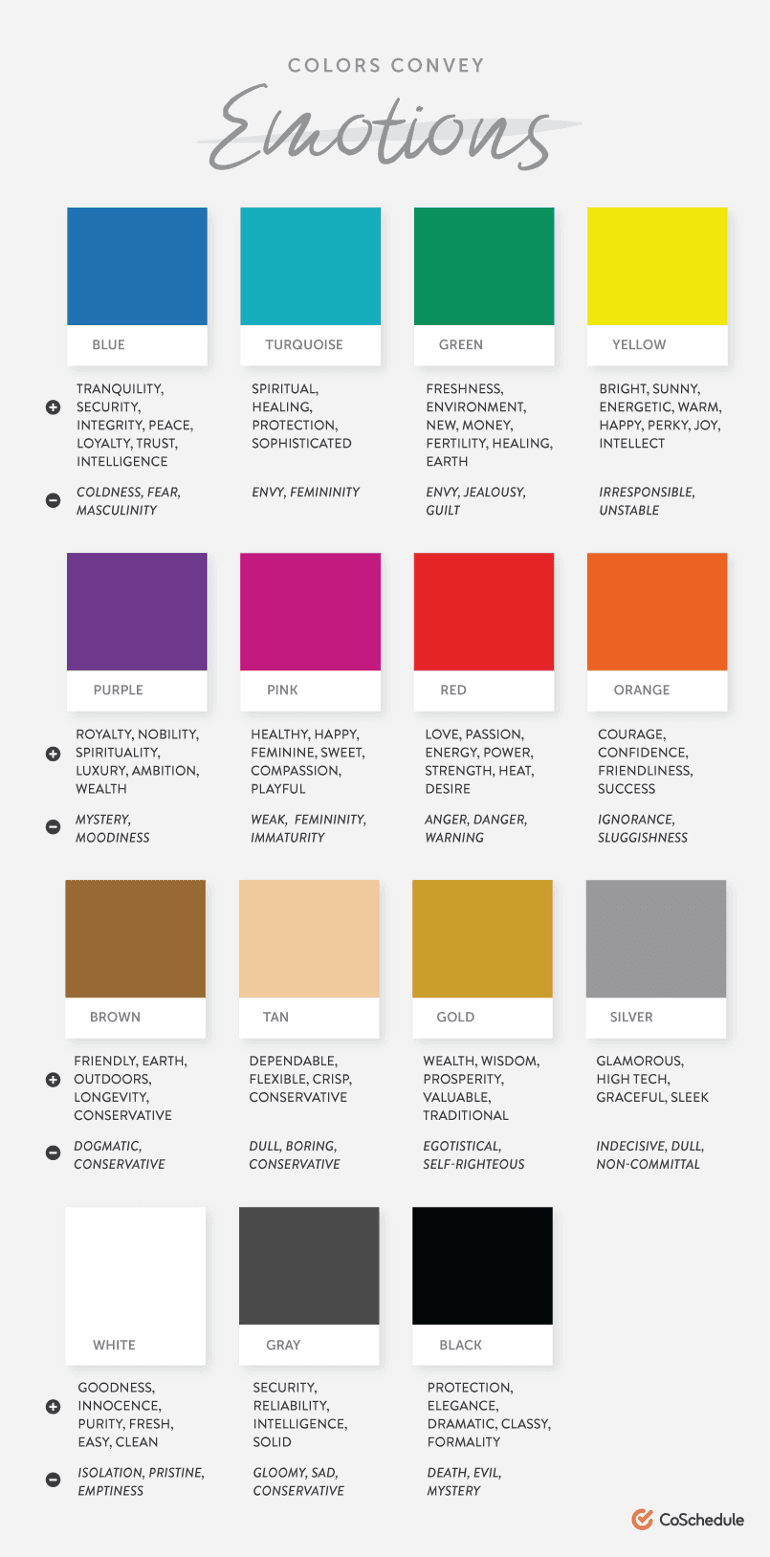
Comprehension
This step is pretty important because if your consumer can’t comprehend what you’re selling, chances are they aren’t going to purchase. If you’re using the HEM approach, it’s important that you make sure that your underlying message is clear. Don’t let the message in your advertisement overshine your product.Agreement
You’ve captured their attention, they understand what your selling, what’s next? Agreement. If you have a credible message that aligns with your target audience and their needs, this step should naturally happen.Retention and Retrieval
Think back to the last ad you saw that you actually stood out. Why did it stand out to you? This is your chance to make your ad stand out from the rest so when the consumer is ready to purchase, they think of you and not your competition. Check out what your competitors are doing and make sure that your advertisement is different than theirs (and better ?).Decision Making
At this step you’re so close, yet so far away. Your consumer realizes that your product may be right for them, but there are so many considerations in the decision making process. Adding a call to action could be the extra push that your consumer needs to buy your product. If the consumer decides to buy your product after seeing your advertisement, it doesn’t mean that they will follow through. Keep in mind that the product isn’t sold until that purchase is made.
Action
This final step was the goal all along, to make the consumer purchase your product. Give yourself a pat on the back because this means your advertisement worked. Through all the ads that consumers are exposed to and the different steps their brain takes before purchasing a product, they chose yours.
Use the Psychology of Advertising to make people actually buy.
Click To Tweet

